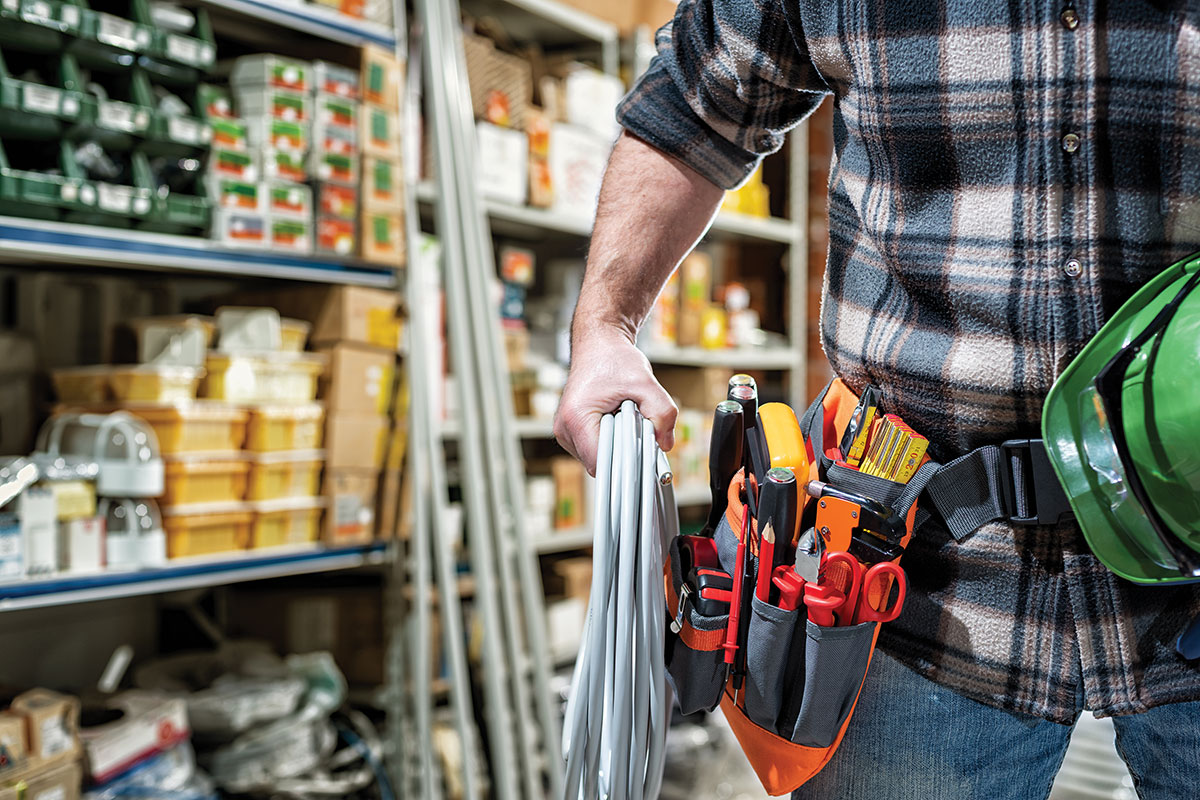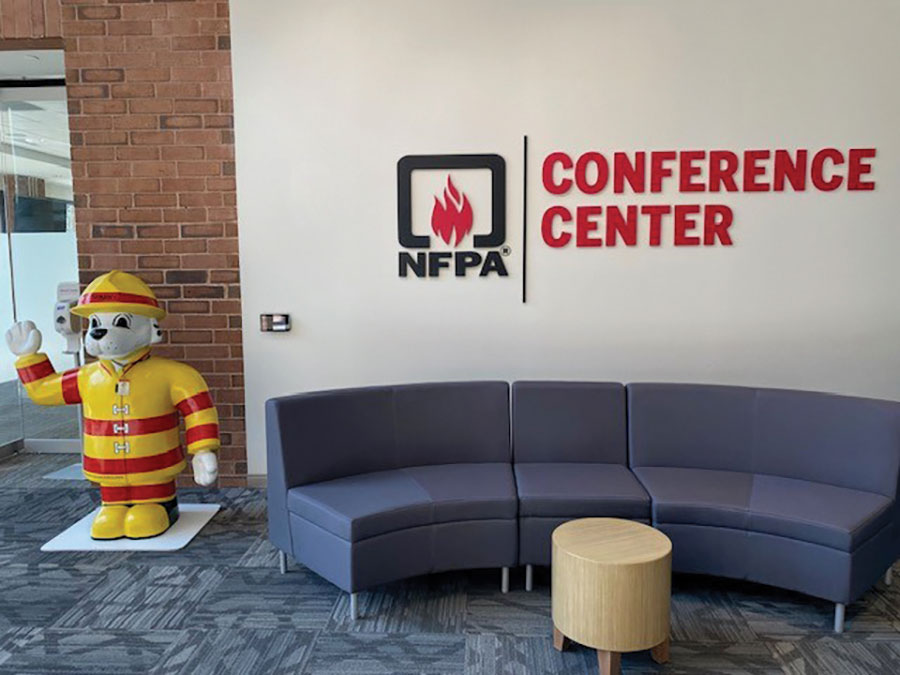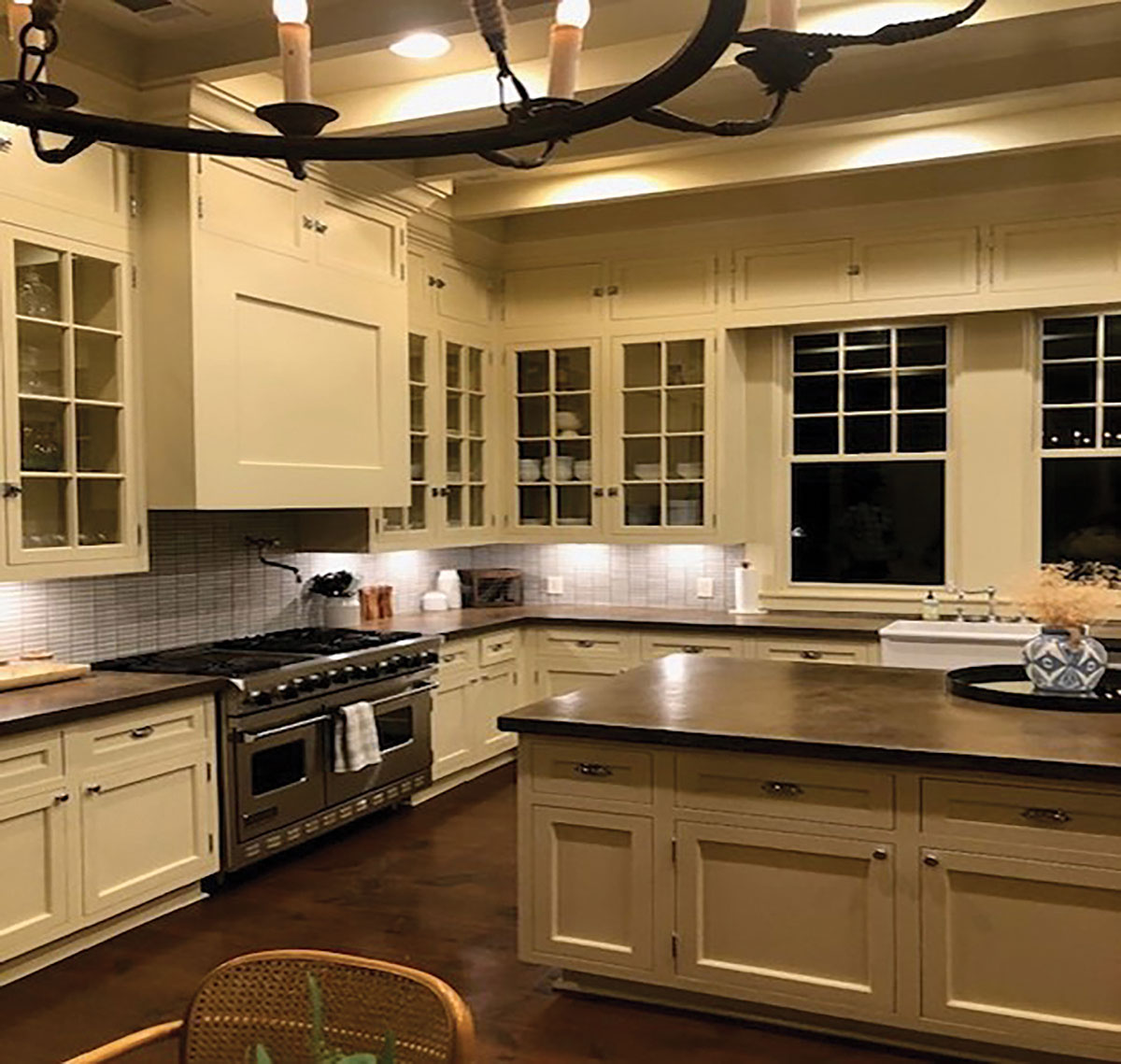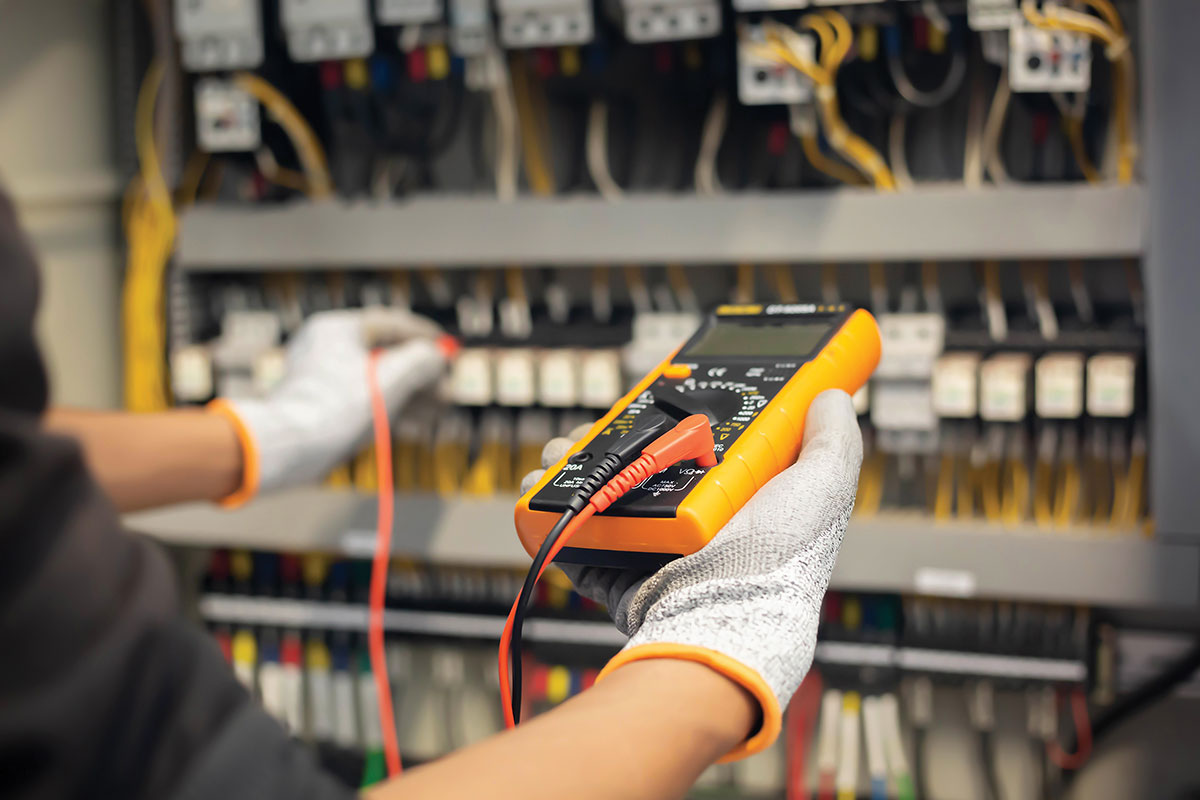Rule 12-012 provides, in great detail, the CEC requirements for installing high and low voltage underground conductors and their allowable ampacities (Table 53). At the end of this lengthy rule we find Rule 12-012(13) which advises us, that when an installation falls outside the scope of this rule, we must go to the underground standard, CAN/CSA-C22.3 No. 7. Reference to that standard brings its applicable parts into the CEC.
Rule 36-300 and Table 51 provide minimum grounding conductor requirements for substations over 750 volts for minimum copper wire sizes based on the available short-circuit current and fault current duration. A footnote to Table 51 indicates that wire sizes have been calculated using the IEEE Guide for Safety in AC Substation Grounding, ANSI/IEEE Standard No. 80. Table 52 provides maximum step and touch voltages in and around substations for several types of earth. You will note that a footnote to this table once again specifies that its values have been calculated using ANSI/IEEE Standard No. 80.
Rules 36-304 and 36-306 stipulate that maximum substation ground resistance for stations over 7500 volts must be calculated, based on available fault current levels and earth resistivities. Appendix B identifies the CEA Research Report 249-D-541 as the approved method of working out substation grounding electrode design. That document in turn references ANSI/IEEE Standard No. 80, which contains all of the formulae necessary for controlling step and touch voltages and conformance to Table 52.
Rule 32-200 requires that fire pump conductors be protected against fire exposure and to provide continued operation in compliance with the National Building Code of Canada. The rule refers us to Appendix B which elaborates on the rule — when called upon, fire and life safety systems must continue to operate for at least one hour. Checking Appendix B, we note it makes reference to NFPA Standard No. 80 as a further source of information for installation of fire pump wiring.
Rule 36-108 and Table 31 list minimum horizontal spacings between overhead conductors on pole lines for voltages up to 69 kV. A Table 31 footnote shows that the table does not cover voltages over 69 kV and pole spans greater than 50 m. For that information, we are referred to the CSA overhead lines standard CAN/CSA-C22.3 No. 1.
Rule 36-110 and Table 32provides vertical clearances for live parts up to 230 kV for indoor and outdoor substations for areas accessible only to pedestrians and areas accessible to vehicles. The vertical outdoor clearances are based on location — whether the substation is in a light or heavy snow area of the province or territory. Appendix B tells us that this information should be obtained from the Meteorological Service of Canada, Environment Canada, or the Atlas of Canada published by Natural Resources Canada.
Rule 18-000is the scope paragraph of Section 18 – Hazardous Locations. This rule refers to Appendix B which displays a long list of documents affecting the design of hazardous locations containing explosive gas atmospheres, combustible dusts or ignitable fibres. Appendix B shows 3 tables listing the applicable reference publications:
Table A – Documents generally applicable to all classes of hazardous locations.
Table B – Documents applicable specifically to Class I hazardous locations.
Table C – Documents Applicable specifically to Class II hazardous locations.
As you already know, the Canadian Electrical Code does not stand alone. As with previous articles, you should always check with the electrical inspection authority in each province or territory for a more precise interpretation of any of the above














Find Us on Socials